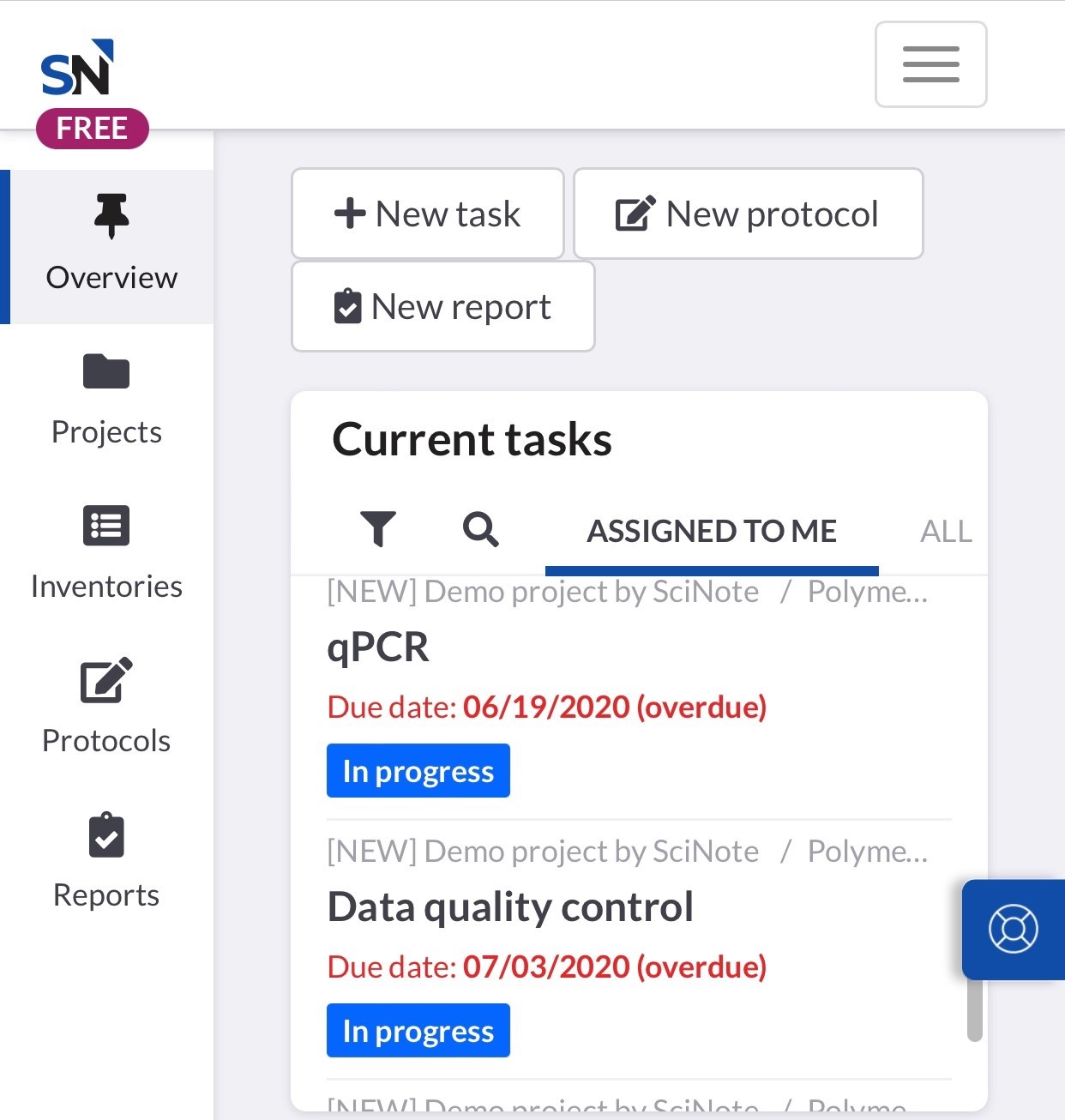Lab notebooks 3: Deciding between a Physical lab book and a Digital lab book
Physical lab notebooks have been a staple in a scientist’s toolbelt for the longest time, but digital alternatives are catching on. With the move to paperless working, more and more labs are transitioning to digital lab notebooks. Here, we weigh up each option to help you decide which to go with.
Ease of use
This is a subjective one, but many people find it easier to jot things down by hand than to log onto a digital platform to record what’s been done in a lab. Others find it more practical to carry a laptop or tablet wherever they go, like a notebook, and record their work there. The latter option, of course, is tied to the extra expense of owning a laptop or tablet (also discussed next). If you already own one of these, this might be less of a worry, but it is still an important consideration.
Cost
At face value, the paper option clearly outperforms digital lab books, which for the most part come as subscription services, whereas paper notebooks carry a comparatively negligible cost.
It is another thing entirely, though, to weigh up cost in relation to the actual value they each bring. Some might say that the cost is worth the time and effort saved over writing things down by hand, and offers extra functionality (like collaborative working and digital inventory management), which simply cannot be addressed by physical lab books.
If your budget allows, consider whether these extra functionalities add proportional value to your day, either in time saving or in overall efficiency for your research group.
Reproducibility
The main function of a lab book is to represent a detailed chronicling of your activities in the lab to help others reproduce your results. A digital lab book can enable this in many ways – most simply by merit of being a typed document, rather than being handwritten. It seems trivial, but not everyone has tidy handwriting, and when you’re busy in the lab, the last thing you’ll think about is neatness.
Another aspect of digital lab books, which helps, is that they usually come with protocol repositories, where protocols can be saved and shared across lab members. This will serve as a more formalised means of keeping things consistent than by verbally communicating protocols. These can also be used as templates for new protocols, helping others in the lab record things in consistent, reproducible ways.

Summary
To go digital or not is a question many will end up asking themselves sooner or later. If you are establishing a new lab, it certainly would be helpful to implement a digital platform from the start, to help onboard people and get everybody on the same page. On the other hand, it might be very difficult to transition to a digital lab book for many groups who have done it the same way for many years. Whichever you choose to do, make sure you consider your own needs – as well as those of your colleagues.
Read previous (second) in series: Lab notebooks 2: Selecting and using a Digital lab notebook
Charlesworth Author Services, a trusted brand supporting the world’s leading academic publishers, institutions and authors since 1928.
To know more about our services, visit: Our Services
Visit our new Researcher Education Portal that offers articles and webinars covering all aspects of your research to publication journey! And sign up for our newsletter on the Portal to stay updated on all essential researcher knowledge and information!
Register now: Researcher Education Portal
Maximise your publication success with Charlesworth Author Services.